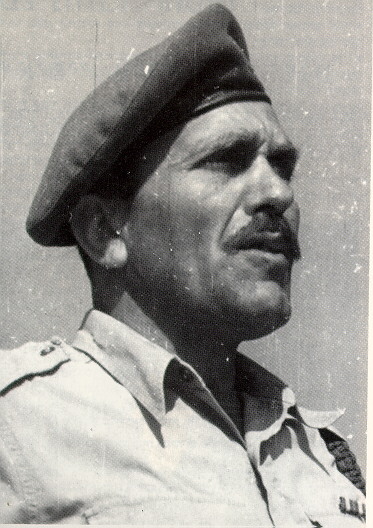The History of Krav Maga: From Battlefield to Street

Krav Maga, the renowned Israeli self-defence system, has a compelling history forged in conflict and adapted for survival. Understanding the history of Krav Maga provides insight into its core principles and enduring effectiveness. Its journey began not in a peaceful dojo, but on the dangerous streets of pre-war Europe and the battlefields of the Middle East.
The Genesis: Imi Lichtenfeld and Bratislava
The Krav Maga origin story starts with Imrich "Imi" Lichtenfeld (1910-1998). Born in Budapest and raised in Bratislava, Czechoslovakia, Imi was a naturally gifted athlete, excelling in boxing, wrestling, and gymnastics. In the 1930s, as fascist and anti-Semitic violence escalated, Imi used his fighting skills to protect the local Jewish community from attacks. He quickly learned that sport fighting rules didn't apply in brutal street confrontations. This harsh reality spurred him to develop a more practical system, blending techniques from various disciplines but focusing solely on effectiveness for survival. He emphasized simple, direct movements based on natural reflexes – the earliest form of Krav Maga.
Development in the Haganah and IDF
Facing increasing persecution, Imi fled Europe and arrived in British Mandate Palestine in 1942 after a difficult journey. His reputation as a skilled fighter preceded him, and he was soon recruited by the Haganah, the primary Jewish underground military organization. Imi began training fighters in physical fitness, swimming, wrestling, and his evolving system of close-quarters combat.
When Israel was established in 1948, the Israel Defense Forces (IDF) were formed, incorporating the Haganah. Imi Lichtenfeld became the Chief Instructor for Physical Fitness and Krav Maga at the IDF School of Combat Fitness. For nearly two decades, he systematically developed and refined Krav Maga, tailoring it to the specific needs of Israeli soldiers. The goal was clear: equip soldiers with effective hand-to-hand combat skills that could be learned quickly, retained under stress, and applied in life-or-death situations. This period cemented Krav Maga's reputation as a battle-tested system.
Transition to Civilian Life
After retiring from the IDF in the mid-1960s, Imi recognized the need for effective self-defence among the civilian population. He adapted Krav Maga, modifying certain military techniques to be suitable for men, women, and children facing common street threats. He opened the first civilian Krav Maga school in Netanya, Israel, and established the Krav Maga Association to promote the system and certify instructors.
Imi's vision was to empower ordinary people with the ability to protect themselves. He continued teaching and refining civilian Krav Maga until his passing in 1998, ensuring his legacy lived on through his students, many of whom became prominent instructors worldwide.
Global Spread and Modern Krav Maga
In the decades since its civilian adaptation, Krav Maga has spread globally. Its effectiveness led to its adoption by numerous law enforcement agencies and military units outside Israel. Simultaneously, civilian Krav Maga schools flourished, offering practical self-defence training to millions. The rise of the internet has further accelerated its reach, making it possible to learn Krav Maga online through dedicated courses and resources.
Today, Krav Maga continues to evolve, but its core principles – practicality, efficiency, instinct-based responses, and adaptability – remain unchanged. From its gritty origins to its status as a worldwide phenomenon, the history of Krav Maga is a testament to its enduring value as a system designed for survival.
